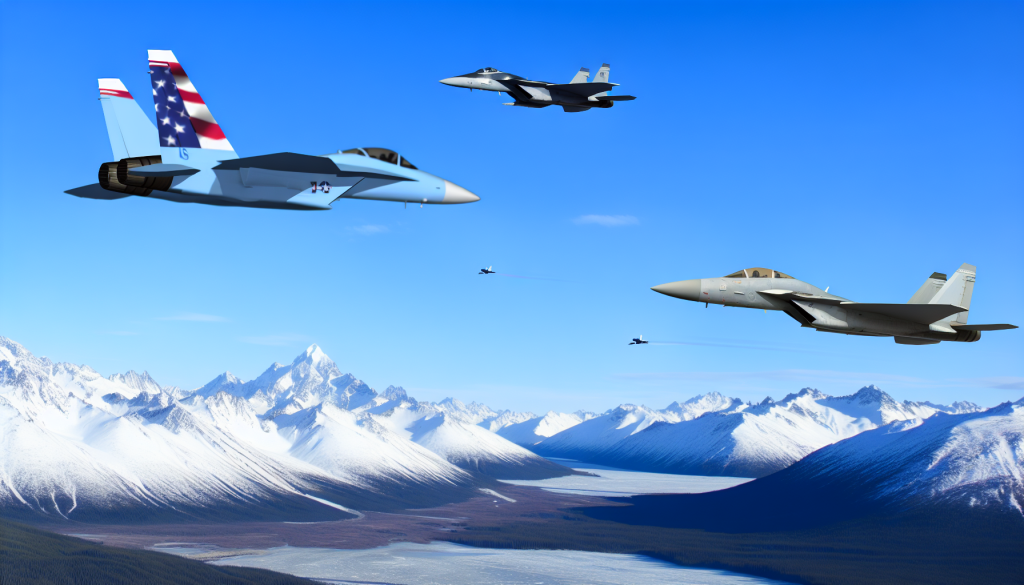Turkey and the USA: A New Chapter in Relations?
On September 26, 2025, Turkish President Tayyip Erdogan met with former President Donald Trump at the White House, marking their first conversation in six years. Both leaders characterized the meeting as significant, highlighting the discussions revolving around defense cooperation and trade. After the talks, Trump expressed optimism that Turkey would agree to halt its purchases of Russian oil—something the U.S. has been advocating. He also hinted at the possibility of lifting U.S. sanctions on Turkey, paving the way for Ankara to acquire advanced F-35 jets.
Erdogan echoed Trump’s sentiments, emphasizing that while it is unrealistic to resolve all issues in one meeting, meaningful progress had indeed been made. He specifically mentioned that the two leaders exchanged views on boosting trade, with an ambitious target of reaching a $100 billion trade volume. This goal reflects a desire for robust economic ties between the two nations, signaling a possible thaw in relations that had experienced tension in recent years.
Belarus and Energy Supplies to Ukraine
In another part of the geopolitical landscape, Belarusian President Alexander Lukashenko made headlines by telling Russian President Vladimir Putin that Belarus could construct a new nuclear power facility. This initiative would allow Belarus to supply energy to areas of Ukraine that have been annexed by Russia. Such statements underline Belarus’s positioning as a close ally of Russia, especially amid the ongoing military and political tensions in the region.
Lukashenko’s remarks came during a meeting with Putin in Moscow during World Atomic Week, further solidifying the close ties between the two nations. This proposal raises questions about the implications of energy supply chains in a war-torn Ukraine and how Belarus’s intentions could impact regional stability.
Military Developments in Ukraine
Meanwhile, reports indicated that Russian forces captured the village of Yunakivka in Ukraine’s Sumy region. The Russian defense ministry claimed this recent development as part of its continuous military advances, although independent verification remains lacking.
In a related military update, the Ukrainian air force reported a massive assault involving the launch of 154 drones from Russian territories. Ukrainian air defenses managed to intercept 128 of these drones. The persistence of aerial strikes underscores the ongoing intensity of the conflict, raising concerns over militarization and security challenges in the region.
The situation in Kherson also deteriorated as Russian forces launched a large-scale attack, bombarding the southern Ukrainian city. The rapid succession of drone and artillery strikes further paints a grim picture of the current military climate in Ukraine, which is facing relentless assaults from Russian forces.
Global Security Concerns in Space
Amid these conflicts, German Defense Minister Boris Pistorius offered a stark warning regarding the growing threat of Russian activities in space. He highlighted incidents where Russian satellites appeared to shadow German military assets. His comments reflected broader concerns about the implications of space-based warfare and the need for nations to develop both defensive and offensive capabilities to safeguard their interests.
Pistorius emphasized the need for international dialogue to counter these evolving threats, particularly stressing that a multi-faceted approach is critical for defense strategies in today’s geopolitical climate.
U.S. Intelligence and Ukraine’s Position
Interestingly, it was reported that Trump altered his stance on the conflict in Ukraine following a briefing on a planned Ukrainian offensive requiring U.S. intelligence support. This briefing involved significant figures, including Ukraine’s envoy, Keith Kellogg, and the new U.N. ambassador, Mike Waltz. The outcome indicates a potential shift in U.S. policy, emphasizing a tougher approach to Russia’s aggression.
As the landscape continues to evolve, the latest developments paint a multifaceted picture of international relations, where alliances and military strategies are in constant flux. The ongoing dialogues between nations—be it through trade, military support, or energy supplies—reflect the complexities of geopolitics in 2025.

